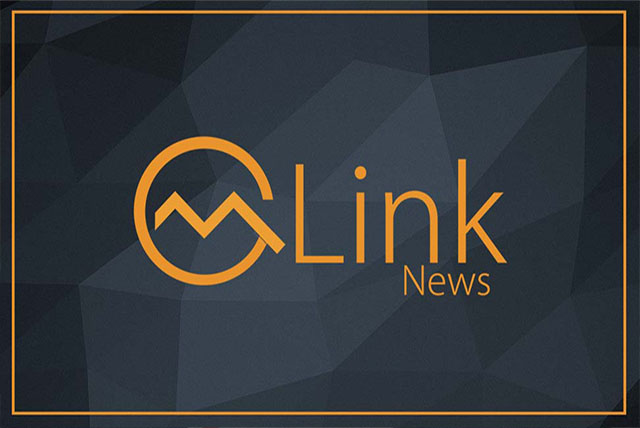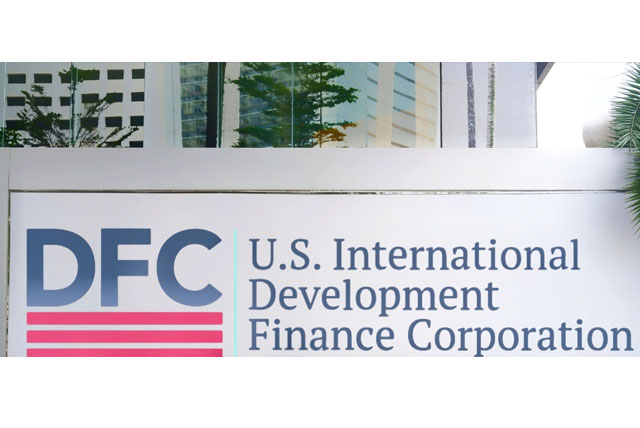February 25, 2021 (MLN): Pakistani banks have reported strong growth in profitability during CY2020 despite pandemic and rising provisions.
Moody’s Investors Service in its latest report has said as of 22 February, three of Pakistan's large banks had reported their 2020 results, with MCB Bank Limited (B3 stable, b31), Allied Bank Limited (B3 stable, b3), and Habib Bank Ltd. (B3 stable, caa1) each reporting higher profitability and capital buffers than in 2019, and robust liquidity.
“The results are credit positive for the banks and reflect containment of the pandemic's adverse effects. However, we expect pressure on 2021 profitability amid narrower net interest margins and ongoing asset quality deterioration,” says Moody’s.
As per the report, Profitability for MCB in 2020 increased 23% to PKR 29.6 billion, translating to a return on assets (ROA) of 1.6%; Allied Bank's profitability rose 27% to PKR 18.4 billion for a ROA of 1.2%, and Habib Bank's profitability rose 99% to PKR 30.9 billion for a ROA of 0.8%. These results reflect robust net interest income and strong balance-sheet growth facilitated by increased deposits and good treasury positioning, despite a cumulative 625-basis-point cut in interest rates since July 2019. A significant increase in gains on securities to PKR 14 billion from losses of PKR 65 million in 2019 also supported the three banks' bottom-line profitability.
Growth in income more than compensated for MCB's provisioning charge increase to PKR7.3 billion from PKR2.7 billion in 2019, and Habib Bank's increase to PKR12.2 billion (including PKR6.4 billion of general provisions) from PKR3.3 billion over the same period. Allied Bank’s provisioning charge only marginally increased to PKR844 million from PKR547 million, partly reflecting its best-in-class asset quality, with nonperforming loans (NPLs) accounting for 2.8% of gross loans. MCB reported an NPL ratio of 10%, up from 9.2% in2019, while Habib Bank's NPL ratio fell to 6.3% from 6.6% in 2019.
For 2021, Moody’s expect profitability to remain at 2020 levels mainly because of a squeeze in net interest margins after the interest rate cuts. This was not visible during 2020 because Pakistani banks held a high proportion of Pakistani investment bonds (PIBs) purchased in previous years and they carry high yields that protected margins from the interest rate cut. However, when these PIBs are repaid, new issuances will carry lower yields (three-year PIB yields fell to 8.2% in December 2020 from 14.2% in August 2019; similarly, yields on12-month treasury bills fell to 7.3% from 13.1% during 2020)
The rating agency also expects provisioning costs to remain elevated in 2021 because we anticipate that NPLs will increase with the gradual withdrawal of COVID-19-related support measures. Pakistani banks have also yet to introduce IFRS9, which requires more forward-looking risk provisioning; once implemented (likely in 2021, according to the State Bank of Pakistan Circular), this will potentially lead to higher provisioning requirements that will directly affect banks' capital.
All three banks increased their capital buffers in 2020. The capital adequacy ratio (CAR) at Habib Bank increased to 17.2% from 15.4%in 2019, while MCB's CAR rose to 21.0% from 18.9% and Allied Bank's CAR rose to 25.4% from 21.8%. Lower dividend payouts (following the State Bank of Pakistan’s request to suspend dividend payments for two quarters) supported the increased CARs, as did strong profitability and modest increases in the loan book and in risk-weighted assets.
The banks maintain robust liquidity buffers, supported by inflows of deposits and strong remittances. Core liquidity (cash and interbank balances) accounted for around 9% of MCB's total assets, 10% for Allied Bank, and 12% for Habib Bank. In addition, investments (mainly in government bonds) comprised 55% of MCB's total assets, 52% of Allied Bank's, and 51% of Habib Bank's.
Copyright Mettis Link News
39909








